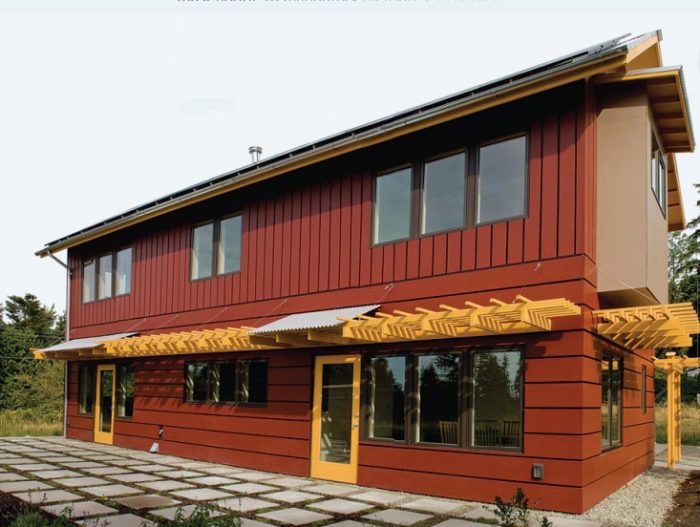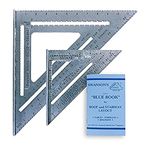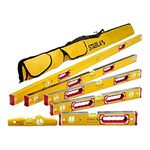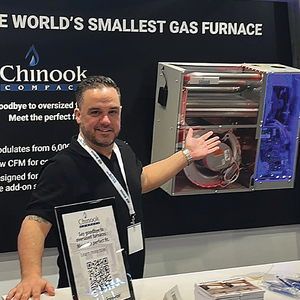Making the Green-Building Dean’s List
LEED for Homes is a new, comprehensive national certification program for green, energy-efficient homes. Builders who’ve tried it like it, but will it change the way houses are built?

Magazine extra: Read Understanding LEED-H Scorecards to see—point for point—how the three case studies achieved LEED’s silver, gold, and platinum rating.
In a roadside meadow atop a gentle hill in Bainbridge island, Wash., sits one of architect russell Hamlet’s recent projects. The two-story red house at the north end of the field evokes a traditional farmhouse but has a contemporary flair. For starters, the roof sports photovoltaic panels, and a bank of solar hot-water collectors braces the patio trellis. Between them, the house should be energy neutral.
Materials—from the framing lumber to the paint to the kitchen countertops—were chosen to limit their environmental impact and to eliminate noxious off-gassing in the house. Building green also takes location into account: This house is just a half-mile walk from the village center. A bus stop on the street connects to the ferry, so car keys aren’t needed for the commute to seattle.
If all this sounds great, consider that a plaque by the front door says that the u.s. green Building Council (USGBC) rates the house as one of the greenest in the Pacific Northwest. What more could anyone want? Well, if you’re the developer of this spec house, a buyer would be nice.
Is green the new black?
If you look at the home-building market from a green perspective, there are three types of homebuyers: those who are looking specifically for a green, energy-smart house; those with enough green inclinations that environmentally friendly features would sway their decision between two houses; and those who are interested in getting the biggest, most luxurious house, everything else be damned.
Even among buyers inclined toward green construction, the biggest hurdle green builders face is that most homebuyers don’t have the knowledge to evaluate competing claims of greenness. And in the building industry, a lot of people are claiming to be green. For the consumer, it can be a real challenge to pick legitimate green products and services from those that have been “greenwashed.”
The USGBC believes its LEED for Homes (LEED-H) rating program will hold builders to rigorous green-building standards and provide benchmarks for consumers purchasing or building a home.
LEED’s strength is that the rating is done by a third party. All material selections and construction techniques are documented, and energy performance is tested. A homebuyer doesn’t have to take the real-estate agent’s or the builder’s word that certain construction methods were used. Also, a builder who’s serious about energy efficiency and green materials can distinguish himself from peers paying lip service to green building.
A look at three different LEED-certified houses helps to explain how the program works. These houses—a platinum-rated house in Freeport, Maine; Hamlet’s gold-rated house in Bainbridge Island, Wash.; and a silver-rated house in Boise, Idaho—were participants in the 2½-year LEED-H pilot program. Feedback from the architects and roughly 400 builders involved in the pilot played a significant role in crafting the final standards for the nationwide LEED-H program that rolled out in December 2007.
For more photos and details on LEED-certified houses, click the View PDF button below.
Fine Homebuilding Recommended Products
Fine Homebuilding receives a commission for items purchased through links on this site, including Amazon Associates and other affiliate advertising programs.

Portable Wall Jack

Speed Square

Stabila Classic Level Set

























